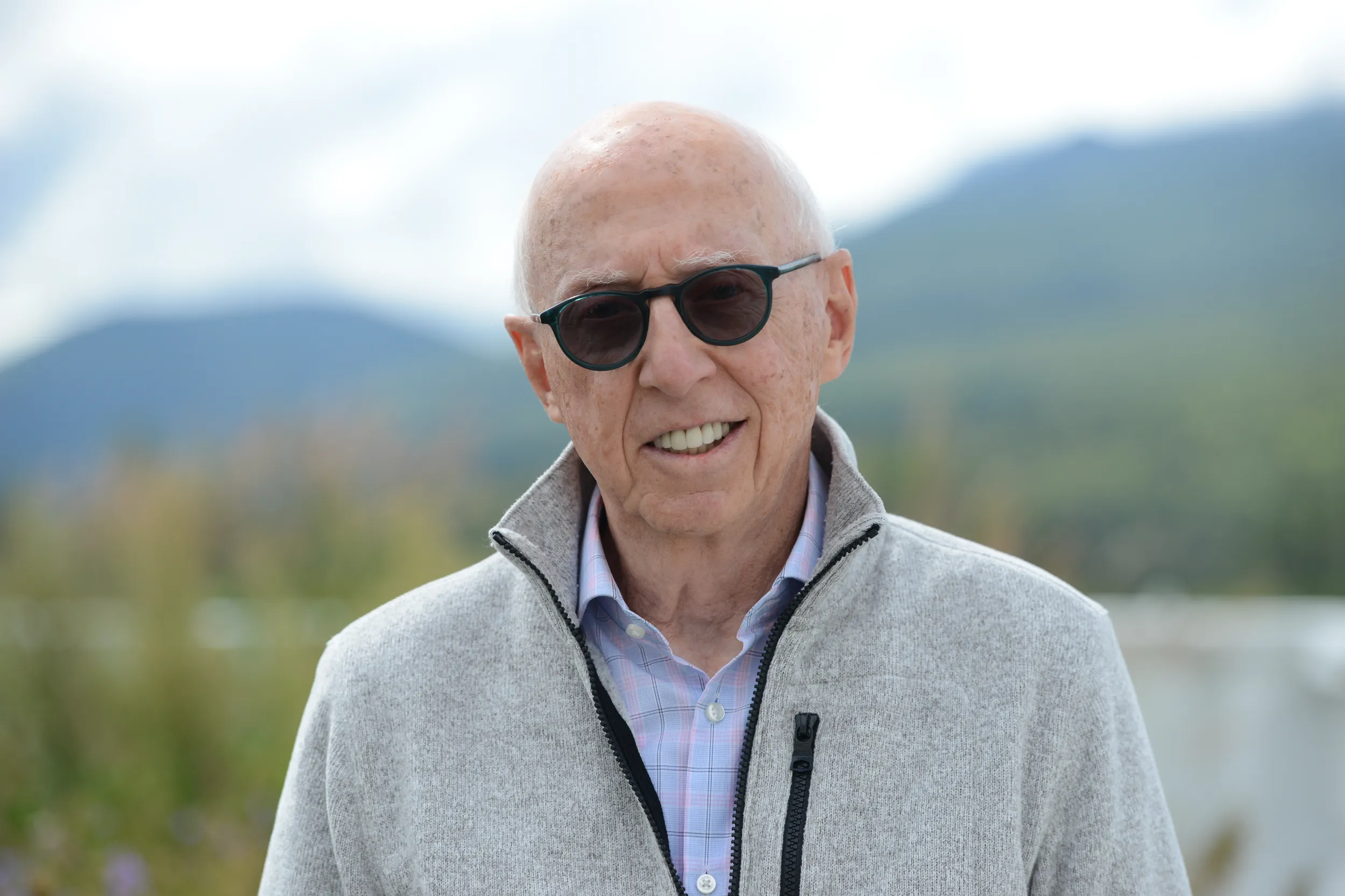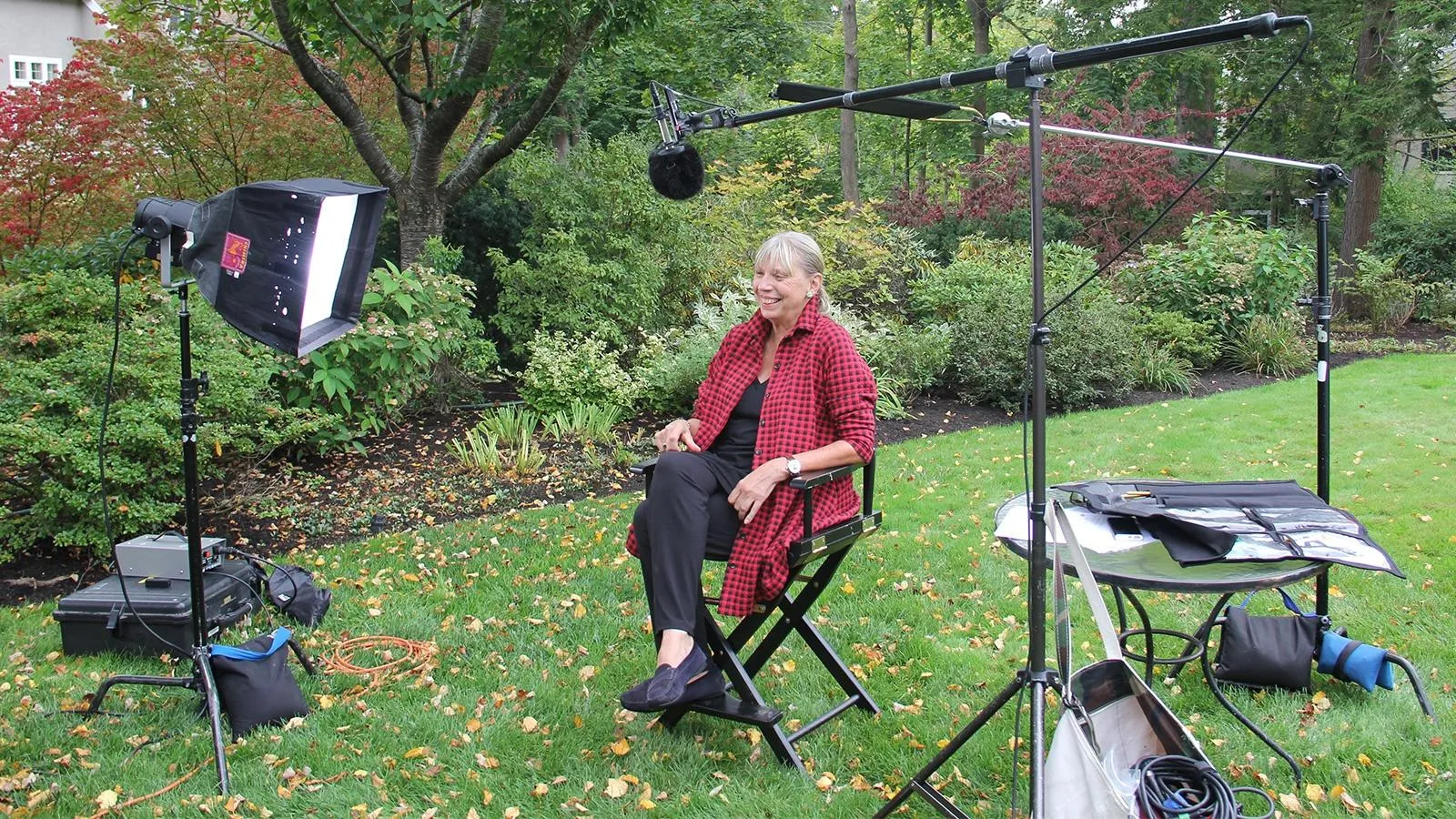Allan Katz - Maria Koogle Schoolgirl Needlework, ca. 1817
HOST: ROADSHOW recently visited famed folk art expert Allan Katz at home in Madison, Connecticut, to learn about a 19th-century schoolgirl needlework he first discovered in Denver in 2009 and the truly touching story of what's happened since.
APPRAISER: When our guest Suzanne came to the table, she took it out of the box. Just immediately, the word "spectacular" went through my brain.
GUEST: I inherited this needlework from my mother. It was actually done by my great-great-grandmother, who was from Ohio.
APPRAISER: She claimed it was a family piece, that it was made by her great-great-grandmother, a woman by the name of Maria Koogle. The identity of the maker is very, very important, that then we can trace where she was from, what family she was from.
APPRAISER: We know that she was born in 1803.
GUEST: Correct.
APPRAISER: And the family history says that she was about 14 years old when she made this.
GUEST: Yes.
APPRAISER: So we're dating this to 1817.
GUEST: 1817.
APPRAISER: We see a lot of samplers on ROADSHOW from 1830, 1850, and we say, "It's not old enough." Because the market really wants samplers that were done from the late 18th century right up to about 1825, 1830. This one has some very, very special features. It's silk thread on a silk background.
GUEST: Mm-hmm.
APPRAISER: The color of this is so extraordinary. The blues are totally rich, the
sky. It really has an extraordinary composition. The sampler collectors are very, very particular, and for sure, condition is a, a huge role in determining value. The condition was marvelous. The colors, the blues were like the day they were made.
APPRAISER: Now, have you ever had the piece appraised?
GUEST: After my mother passed away, somebody who came to the house who was an antique dealer in Phoenix did offer me, first $3,000, and later, when she came back, she offered me $6,000 for it.
APPRAISER: Okay.
APPRAISER: She said that she would never sell it. The piece had always passed to the eldest daughter in the family lineage, and that, um, she just wanted to know really what it might be worth, and we placed a retail value on it that day in Denver.
APPRAISER: I would put a market value on this piece of around $40,000 to $50,000.
GUEST: Oh, my. (laughs). Now, for insurance purposes, what...
APPRAISER: For insurance purposes, I would go $50,000 to $70,000.
GUEST: Oh, my, okay.
APPRAISER: Shortly after the Denver ROADSHOW, our guest contacted me and I did provide her with an insurance letter. About eight, nine years later, in the fall of 2017, I got a phone call and it was our guest, and she said, "Due to some health issues, I think I will need to sell that." What followed was about a four-week dialogue between us, where she was having anxiety about parting with this piece and felt guilty about selling it outside the family now. Finally, we drew up a contract. I represented her, and we finally received the needlework-- so we're now in October, and I immediately had it photographed. What I decided to do is give our guest a surprise Christmas present. I blew up the needlework with high-def photography to the exact size of the original. I found an antique frame, and an old piece of glass with bubbles in it. I actually made a copy for today. And especially when you put it under a piece of glass in an old frame, you would think this is real. When Suzanne opened the box and took out the piece that we had made, she was fooled by it. She thought we were returning her original piece, and it took me a good two, three minutes to explain to her what we had done and that that was hers to keep. And she would still have a strong piece to remember the original by, and also something that could be passed along to future generations with a wonderful storyline. We did some research and I had asked our guest Suzanne for a family tree. I saw in that family tree that Maria Koogle was not her great-great-grandmother. First of all, there was many more generations in the 200 years, but rather about three generations later, the piece was inherited by an aunt, and the aunt had no children, and therefore passed it on to a cousin in the family. So our guest in Denver inherited this through the cousin line of the family tree. The other thing that we were able to ascertain, there is no print that resembles the layout. So it was a unique composition, a unique piece of art, and the drapery proved to be very, very unusual-- not seen anything like it. So we had a lot of pluses that were now adding up to change the piece from spectacular to extraordinary. I did market it and we did successfully sell it for slightly over $100,000. I spoke to Suzanne about a week ago, and she's delighted and we'll never forget our ROADSHOW experience. And just another, another good story, and another good thing that ROADSHOW has done for one of our viewers.

$100,000 Retail
$125,000 Insurance
Allan Katz
Featured In

episode
Extraordinary Finds 2
Learn what happens to more standout treasures after the ROADSHOW cameras stop rolling!
Understanding Our Appraisals
Placeholder





